Editor’s Message – George Gadanidis
Featured Articles
 Tools for integrating CT and mathematics in the middle grades – Immaculate Namukasa, Minakshi Patel & Marja Miller
Tools for integrating CT and mathematics in the middle grades – Immaculate Namukasa, Minakshi Patel & Marja Miller
This past year we had the opportunity to design, implement and observe CT and mathematics activities for grades 4-8 learners in school and out of school contexts. In this article we share some of our insights.
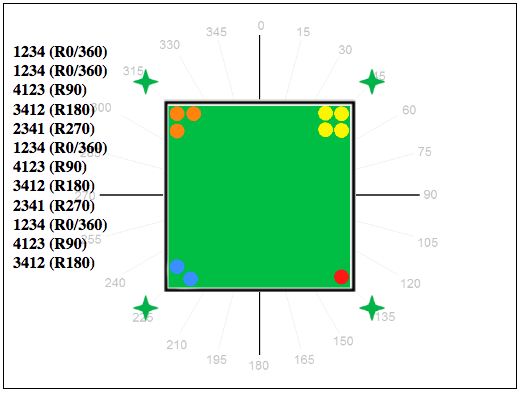 Symmetry + code – Bronna Silver
Symmetry + code – Bronna Silver
Symmetry is not as simple as it first appears. It is much more interesting! My students used a coding app and a story to explore symmetry as a transformation: as a transformation that leaves an image unchanged. Lesson plan and links to online coding app and story provided.
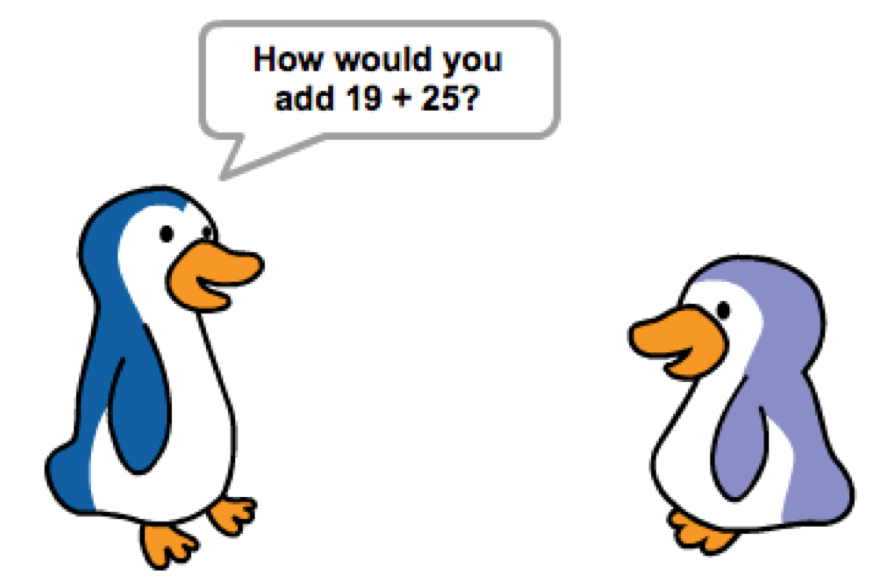 Scratching the surface – Alycia Cazzola & Melanie Drummond
Scratching the surface – Alycia Cazzola & Melanie Drummond
One of the most rewarding aspects of being a primary math teacher is to hear students tell us their thinking,. Using Scratch allows all students to articulate their thinking, share their ideas with others in the class and practice coding at the same time.
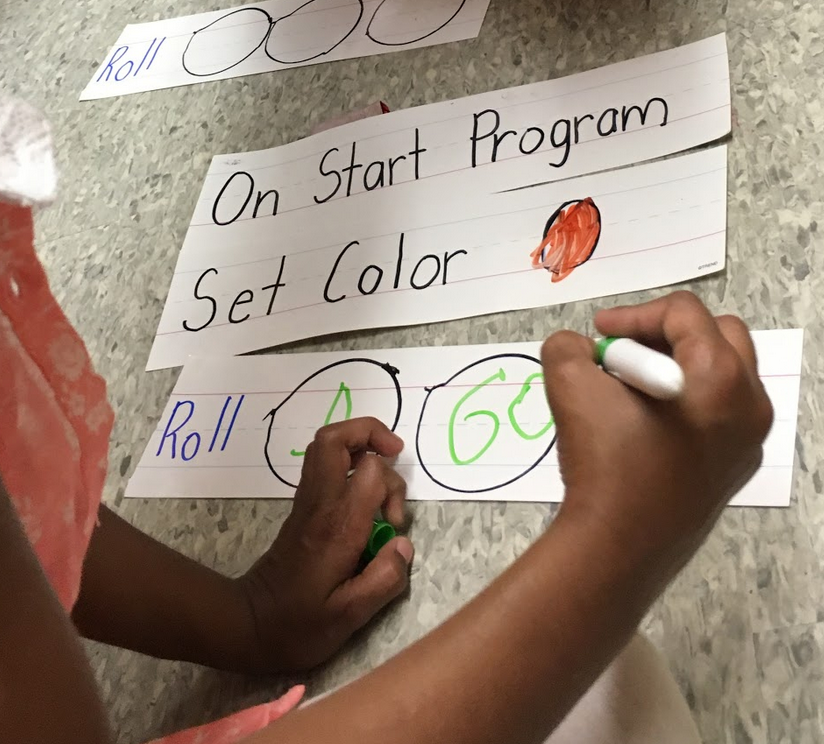 Coding in Kindergarten – Ruthie Sloan
Coding in Kindergarten – Ruthie Sloan
If I had to distill my passion for coding down to a single sentence, I would be hard pressed to do better than the following quote from Brene Brown who says, “We are born makers. We move what we are learning from our heads to our hearts through our hands.”
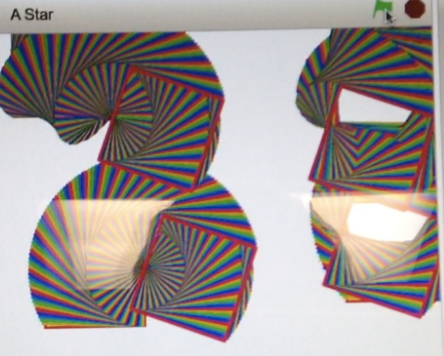 March Break Maker Camp – Laura Morrison
March Break Maker Camp – Laura Morrison
Last year we ran our second-ever March Break Maker Camp. In an exit interview, one female student exclaimed: “I’m going to get [Scratch] on my dad’s computer. And then I can send you guys videos of my [coded] dance parties.”
 The case for DIY STE(A)M – Dave Watson
The case for DIY STE(A)M – Dave Watson
The case for DIY STE(A)M is likely to be driven by limitations in school budgets. As the notion of computational thinking solidifies and is deemed essential in STE(A)M curriculum, schools will need to reset resource acquisition ranging from software used by learners armed with processing capacity to hardware devices designed to function and respond.
 Starting a coding club – Rita Ellis & Rachel Poliszuk
Starting a coding club – Rita Ellis & Rachel Poliszuk
Our coding club ran during second nutrition break every Tuesday. Students initially learned about the club from us and through our school’s social media. We then organized an information session where students asked questions and signed up to participate.
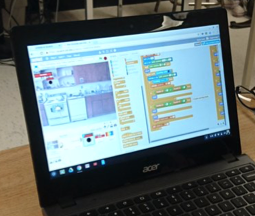 Beyond shapes – Creativity with video games – Brendan Roy
Beyond shapes – Creativity with video games – Brendan Roy
The lesson I created to teach Grade Eights students about building a video game revolved around the use of variables and how they are integral to both scoring the game and storing data for their sprites. Variables tie nicely to the math curriculum for students in Grades Five to Eight.
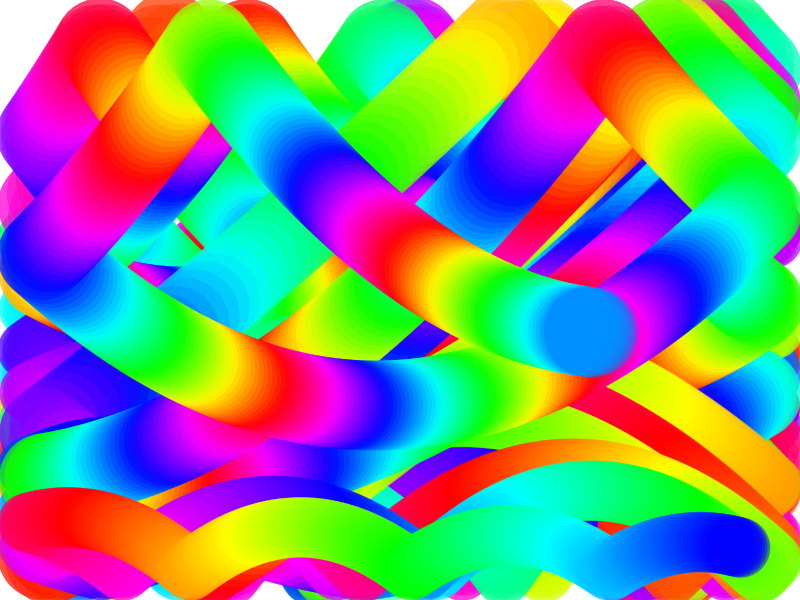 Density, buoyancy, code + art – George Gadanidis & Chris Yiu
Density, buoyancy, code + art – George Gadanidis & Chris Yiu
What floats and what sinks (buoyancy), and why (relative density), are interesting ideas for young children. They capture their imagination and get them thinking. We have built a coding app that creates art using principles of relative density and buoyancy. Try it!
